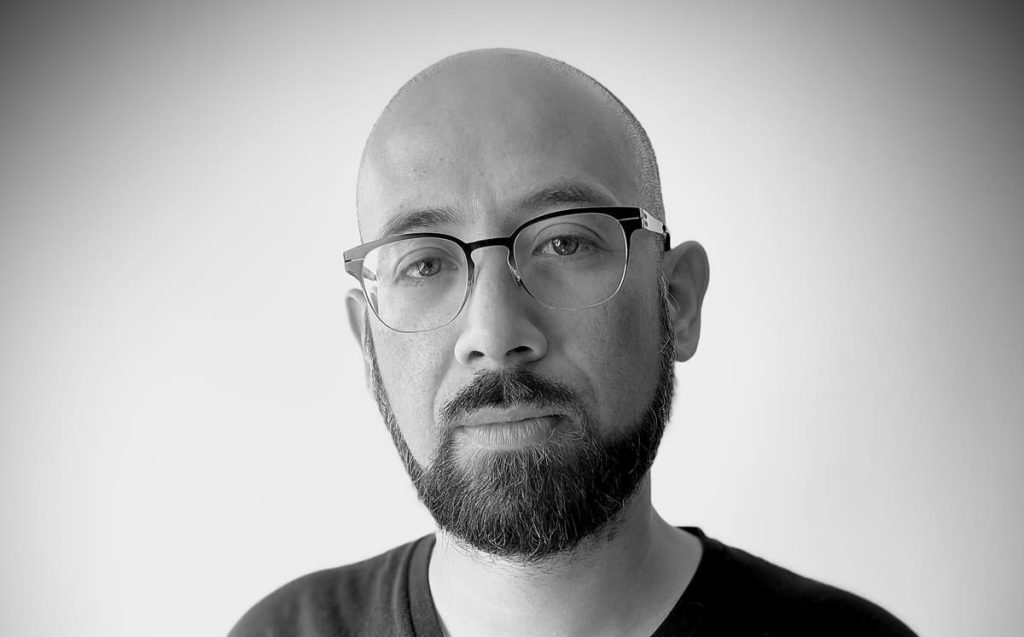Editor’s Note
Represent Justice Journalism Project: SANSÓN AND ME, directed by Rodrigo Reyes, premiered at the 2022 Tribeca Film Festival and subsequently won best film award at the Sheffield Doc/Fest June 23-28, 2022. The film is a portrait of a young man, Sansón Noe Andrade, serving a life sentence in prison; he was sentenced when he was just 19. The film raises essential questions about ethnic communities and those of color impacted by incarceration and the treatment of undocumented immigrants. It also raises questions about ethics and consent in storytelling as well as other matters and issues of significant importance.
The editor for this publication is an assistant journalism professor who believed students enrolled in one of his advanced journalism reporting classes could benefit from writing opinion pieces to be published about issues raised in this film and at the very least what touched them – thus the project in system impact storytelling that combines data, evidence, and personal stories, making them potent tools for advocating positive shifts and motivating others to champion a cause.
Conor Sullivan Writes
Director Rodrigo Reyes’ film is a phenomenal biopic about Sansón Noe Andrade, an undocumented immigrant who was unjustly imprisoned for life at the age of 19. It has a panoramic cinematic sheen addressing several significant social political themes of the time, such as the unfairness of America’s criminal justice and penal systems toward undocumented immigrants, people of color – as well as the trials and tribulations of the filmmaker Reyes at the time.

Director Rodrigo Reyes. Picture by Jennifer Durán
I developed considerable empathy and sympathy for Sansón as I was watching his rough childhood growing up in Mexico and later as a father and husband in California dealing with the bad fates and poor circumstances of an undocumented immigrant.
Even though I knew he had been sentenced to life in prison before I watched the movie, watching the story unfold, telling, for example, of his relentless effort in the face of suffering and averse circumstances, endeared him to me. He was pressing forward to deal with hardships because he wanted to be a good father, that he wanted nothing blocking him from being a good father and husband.
He was determined not be thwarted even as he was by forces beyond his control and fates waiting the shadows.
Nevertheless, the heart of the story, for this writer, gave me an unexpected view into real world circumstances that – my personal demanding challenges never to be ignored – I had never imagined. The filmmaking technique of Director is biopic and documentary because with an imaginative script that includes depicting fictional recreations as real world realities that included letters exchanged between Reyes and Sansón.
Reyes’ and Sansón’s paths and fates first crossed paths when Reyes was working as court Spanish interpreter for Sansónl.
At one point, Director Reyes’ faith in his project was slipping away, but it was Sansón, whom one could easily understand how his faith could fail because of his circumstances, told Reyes not to give up. Upon the completion of the film, however, the roles reversed. Reyes says he will continue to visit Sansón in prison, but Sansón tells him not to make promises he suspected that the director might not be able to keep. Sansón said he knew that visits would decrease after the film’s release. Even so, he was glad that at least his story would be told.
Reyes ethical dilemmas, such as a filmmaker’s narrative preferences versus the wishes of his main character, an occurrence that can happen in any collaborative media project, compelled this me, a writer-reporter, to think about the moral challenges of being involved in a project about the accounting of someone’s life. The film’s release quite possibly would not help vindicating Sansón, and Reyes made clear there were times he was concerned if making the film was the right thing to do.
The juxtaposition of recreated and somewhat fictionalized content with actual details helped this writer to grasp the story. Sansón is still serving a life sentence. Biopics can fail to impart the gravity of a situation if they may be perceived as too much Hollywood-ish, I believe. Yet, the film thrives. Instead of hiring actors for key roles, Sanson’s real family members were cast for the documentary.
When this reality became clear to me, the movie hit even harder viscerally. These people acting drew on the hardships they faced in real life. These are the faces of the people who lost their family.
Reyes developed a deep connection with Sansón after he was assigned Sansón’s court interpreter – that before he had thought about making this film. Reyes’s passion to make his movie stemmed from, he said, his learning of Sanson’s life and the details of his arrest, conviction and sentencing.
This film can have a strong evocative effect on a viewer even though its production quality clearly shows minimalistic production, such as straightforward camera usage sans strong visuals and attempts at standout performances. The cast and anyone who knows Sansón personally are a testament to his intimate relationship with his family and friends.
This film is a celebration of the life of Sanson Noe Andrade, and, hopefully, it can somehow garner enough attention leading to him reuniting with his family as a free man, this reviewer hopes.
Note: SANSÓ AND ME is not the first time Director Rodrigo Reyes use fiction and nonfiction for a documentary about something that really happened. His award-winning 499 mixed fictional and nonfictional elements in a creative documentary that explores the brutal legacy of colonialism in contemporary Mexico 500 years after Cortez conquered the Aztec Empire.
Telling the story told through the eyes of a ghostly conquistador, Reyes recreates Hernán Cortez’s epic journey from the coasts of Veracruz to the Aztec capital of Tenochtitlan, the site of contemporary Mexico City.
Link to other Samsón articles.
Conor Sullivan can be reached at CONOR.SULLIVAN89@myhunter.cuny.edu
.